I’ve finally built my greenhouse for my new garden. It’s a twenty by twelve foot hoop-style greenhouse with wooden ends and is covered with 11 mil woven poly. This greenhouse has some pretty cool features that I really appreciate, and I think you will too.
First of all, the poly I used to cover it is fantastic. It is a super tough woven poly that I got from Northern Greenhouse out of Manitoba. How tough is it? Well, my brother (who operates the Saskaberry Ranch near Sundre) just got pounded by hail last Sunday. The hail broke windows, shredded siding, and striped everything off of his saskatoon and raspberry bushes – but his greenhouse covered with this same woven poly was completely undamaged! Amazing! (I’ll try to post a picture if I can get one.)
Secondly, to eliminate wear and tear on the plastic, I covered edges of the wooden ends with copper pipe insulation. This foam protects the poly from the sharp edges of the wood.
Thirdly, it was very inexpensive and easy to build. The lumber was under $100, the poly was just over $200, and the pvc pipes were under $100. By the time I got all the misc. stuff, I was still under $500 total. Not bad, eh?
Being so late I only got a single row of tomatoes down one side, but next year I’ll be bursting at the seams once again! If you want to build a greenhouse like this one, check out my previous post that gives step by step instructions for building this same greenhouse. Since I’ve improved the design since then, I would recommend the following changes:
- Use wooden ends instead of plastic – and cover the ends with pipe insulation.
- Use 11 mil woven poly instead of the 6 mil.
- Put the PVC pipes on the inside of the frame rather than on the outside
Other than that, you should be able to follow all the other steps. If you do follow this design, be sure to leave me a comment – I’d love to hear (and see) what you’ve been doing!


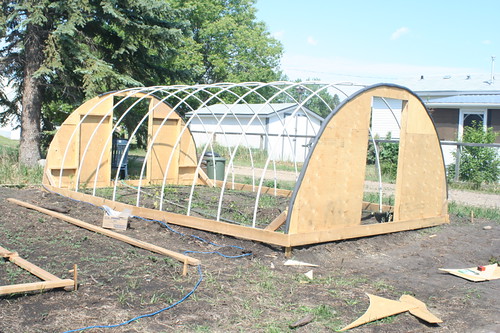
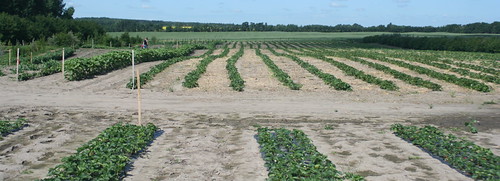
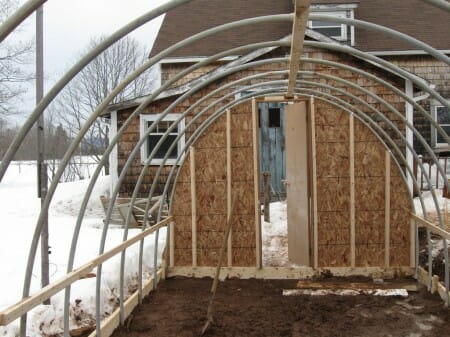
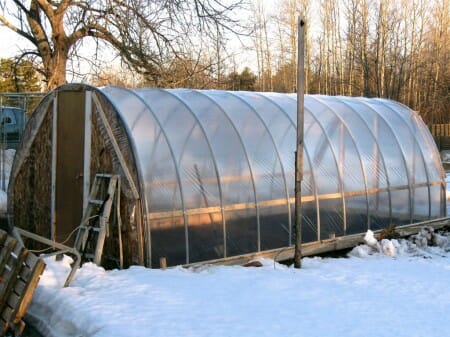
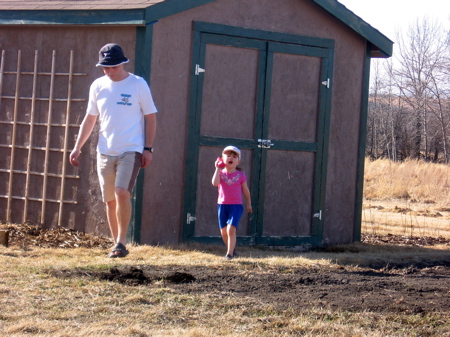
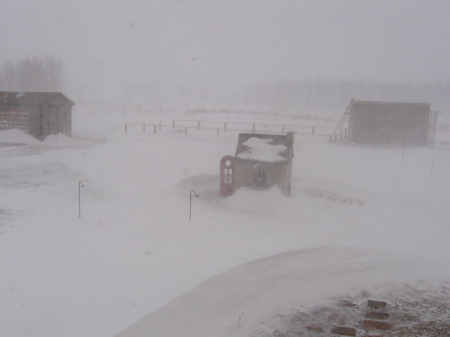
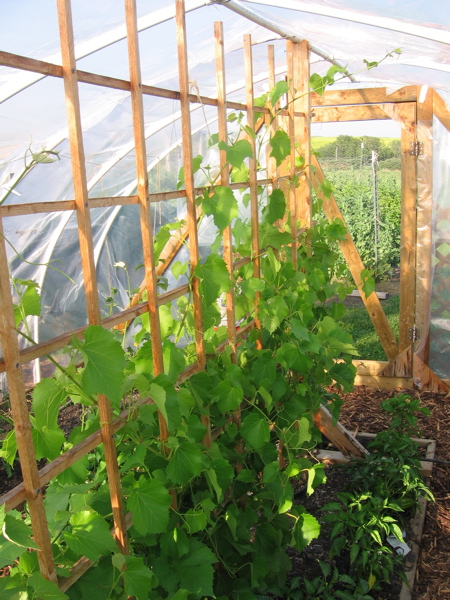
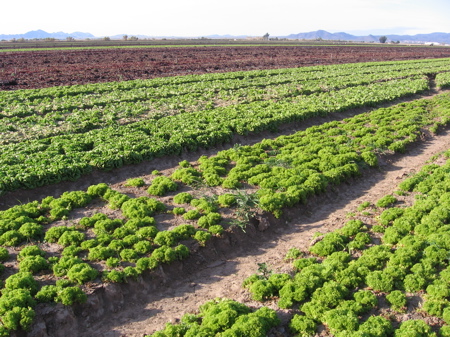
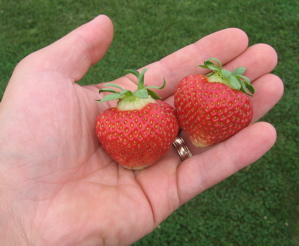 This spring I expanded my strawberry patch. In the past all I had grown was the popular June-bearing Kent strawberry, but this year I wanted to try something different. I ordered my strawberry plants from
This spring I expanded my strawberry patch. In the past all I had grown was the popular June-bearing Kent strawberry, but this year I wanted to try something different. I ordered my strawberry plants from